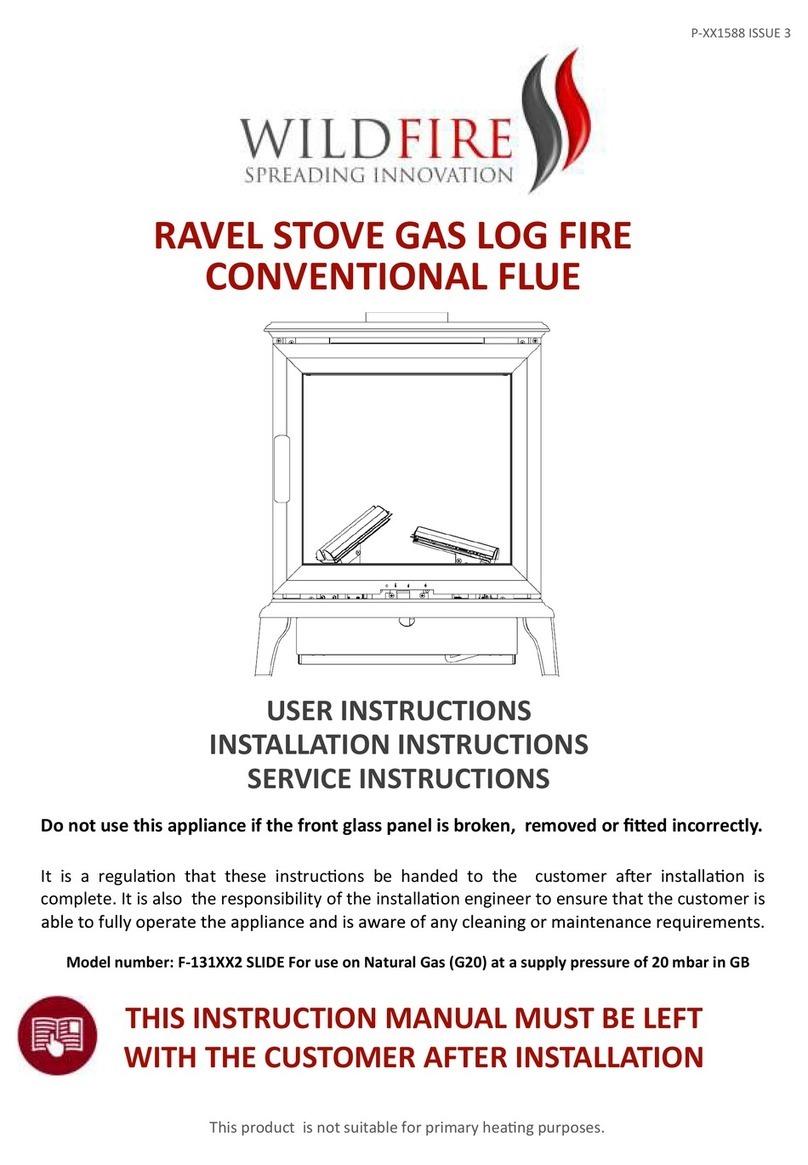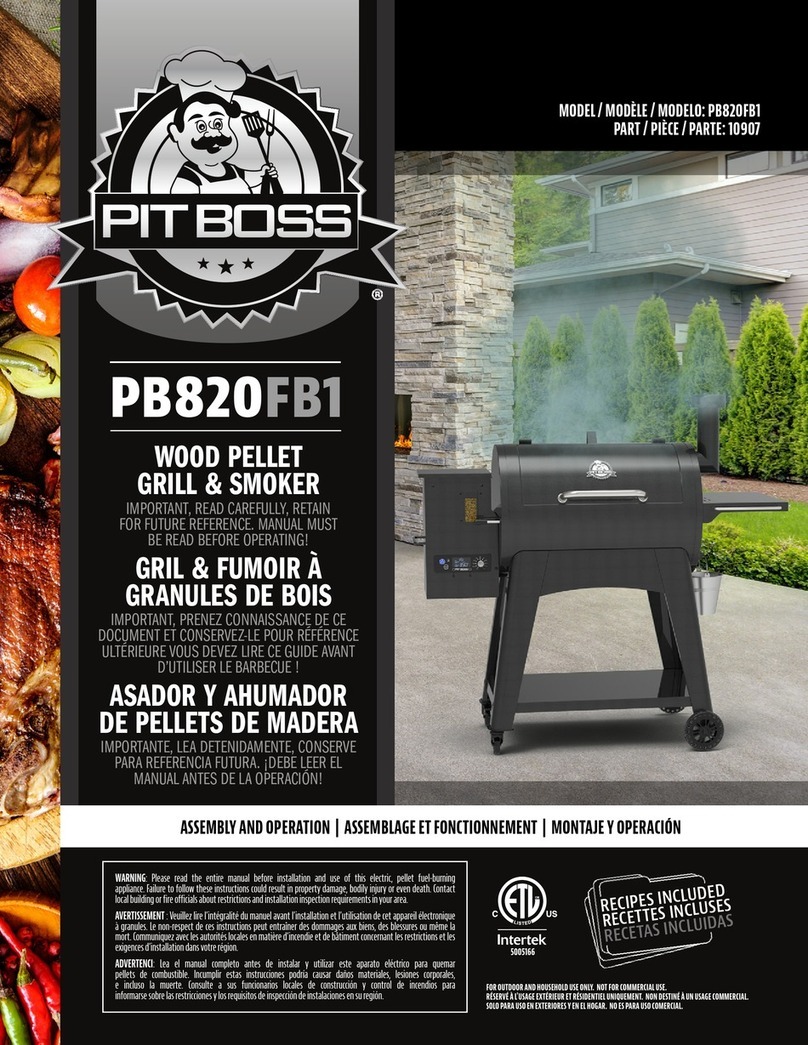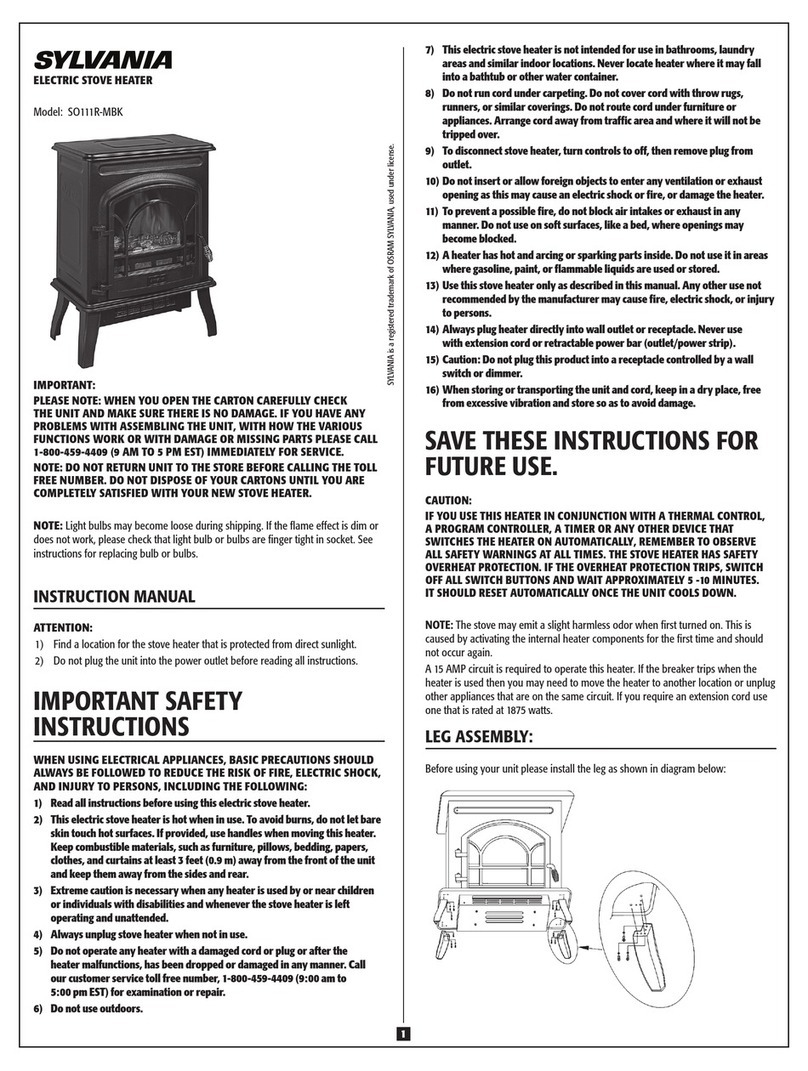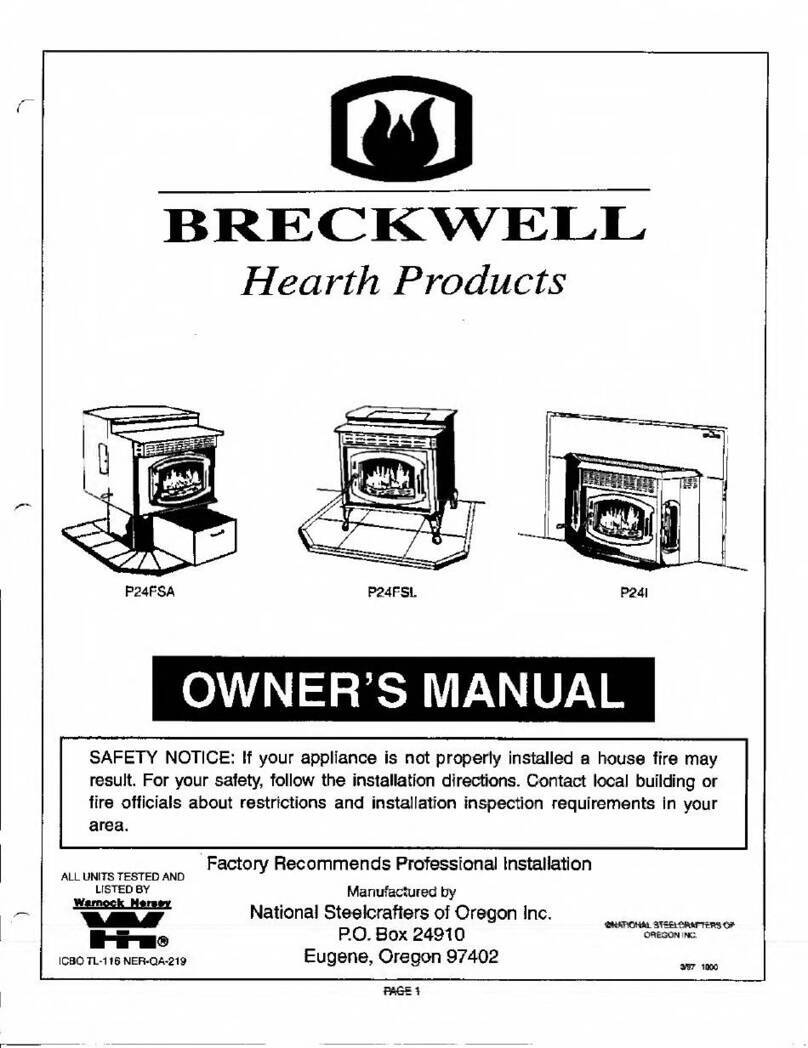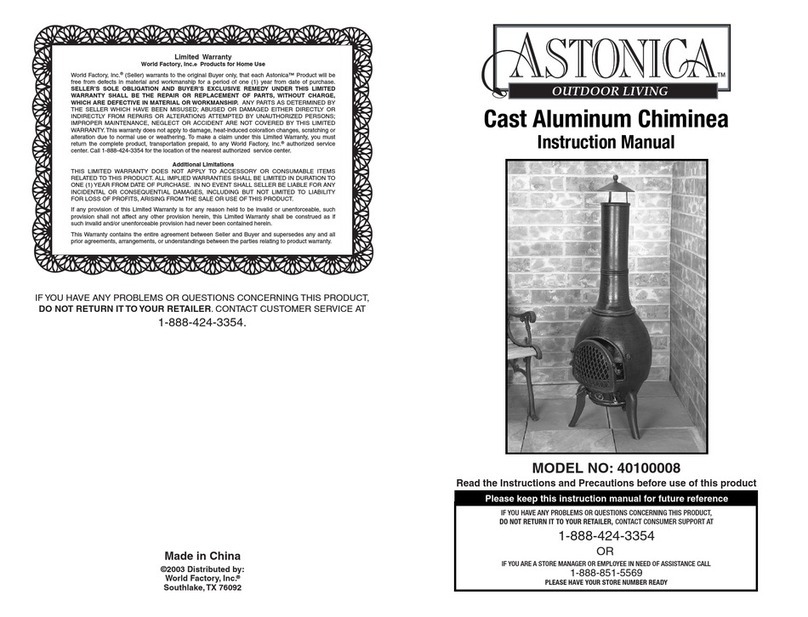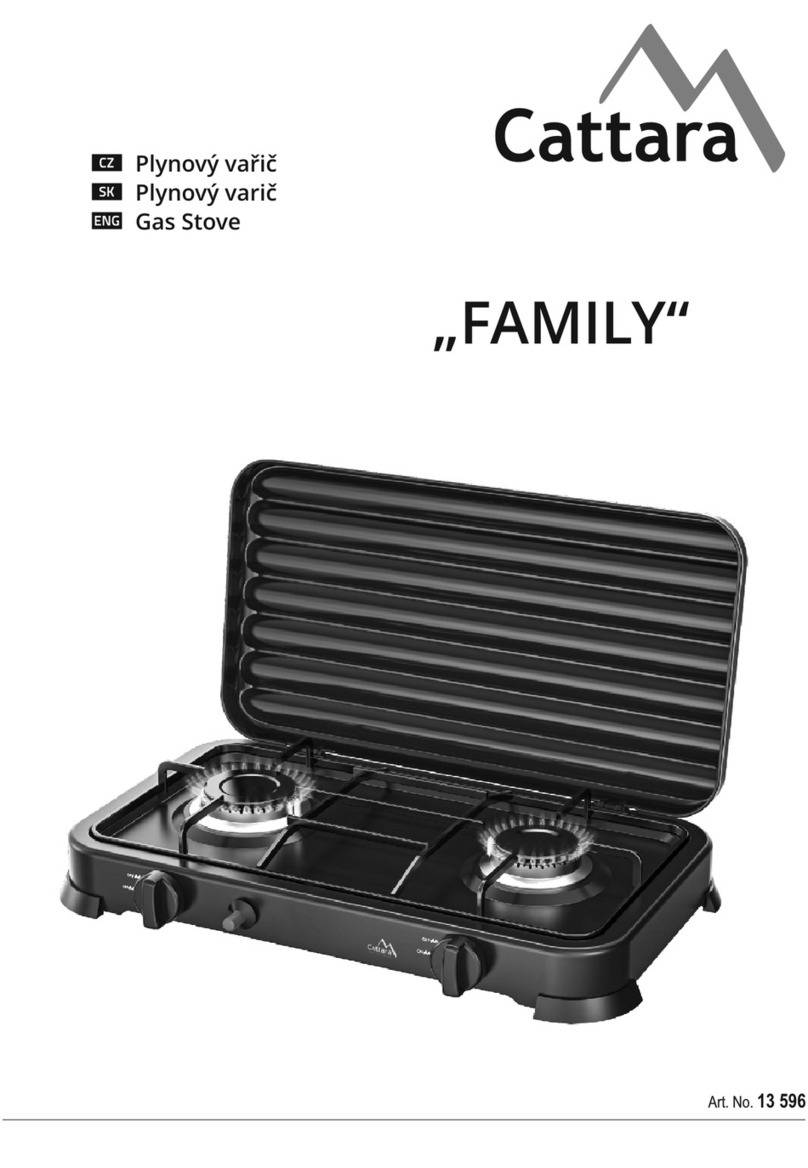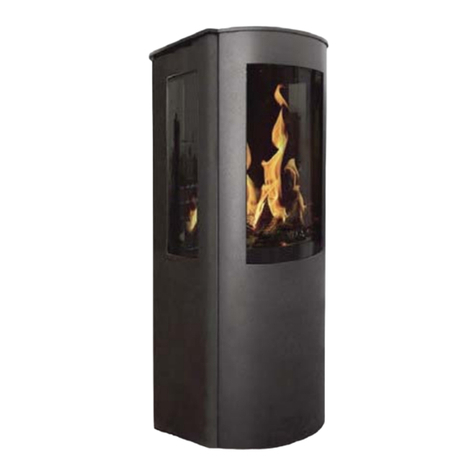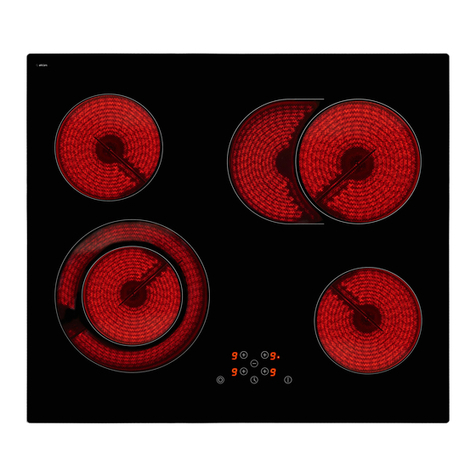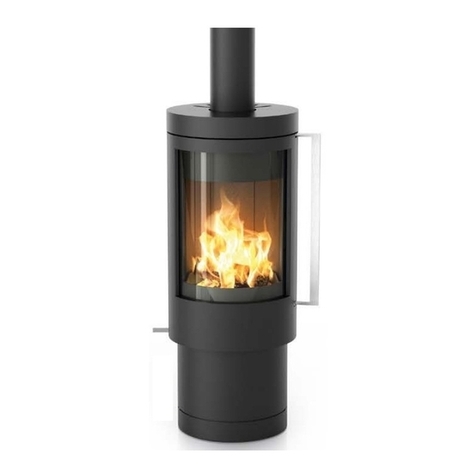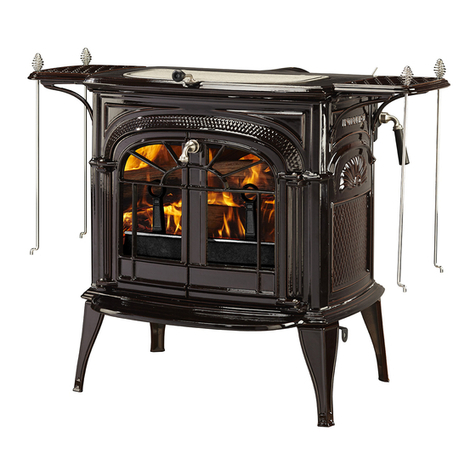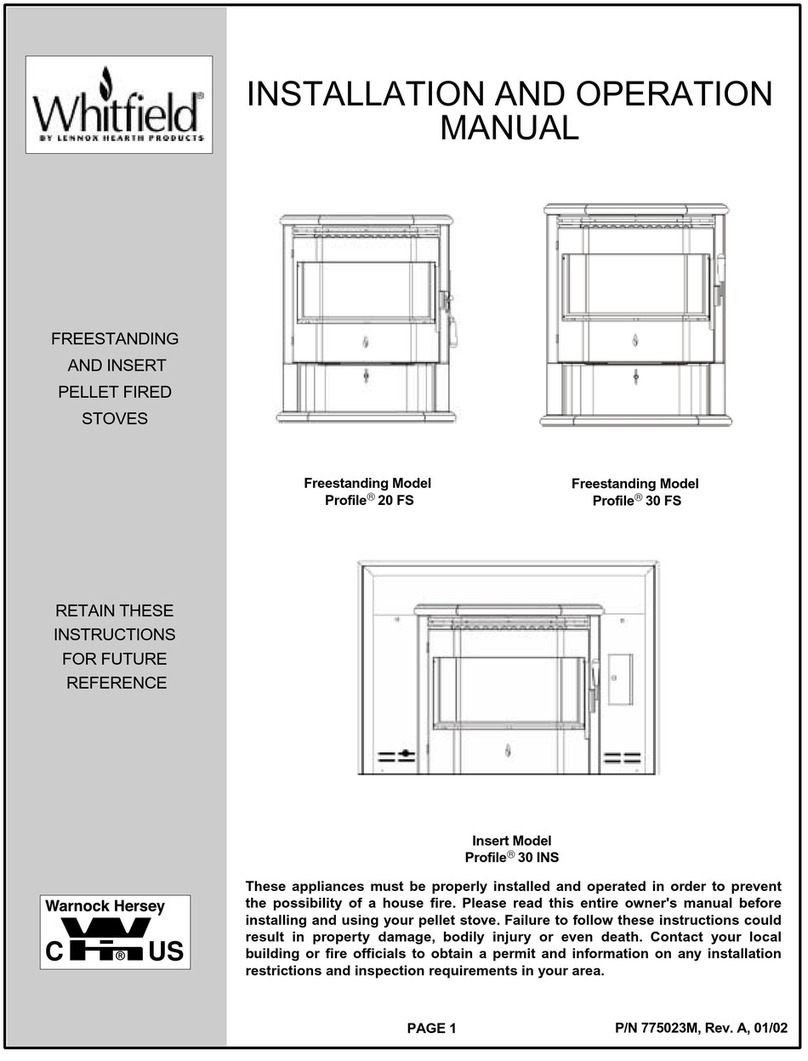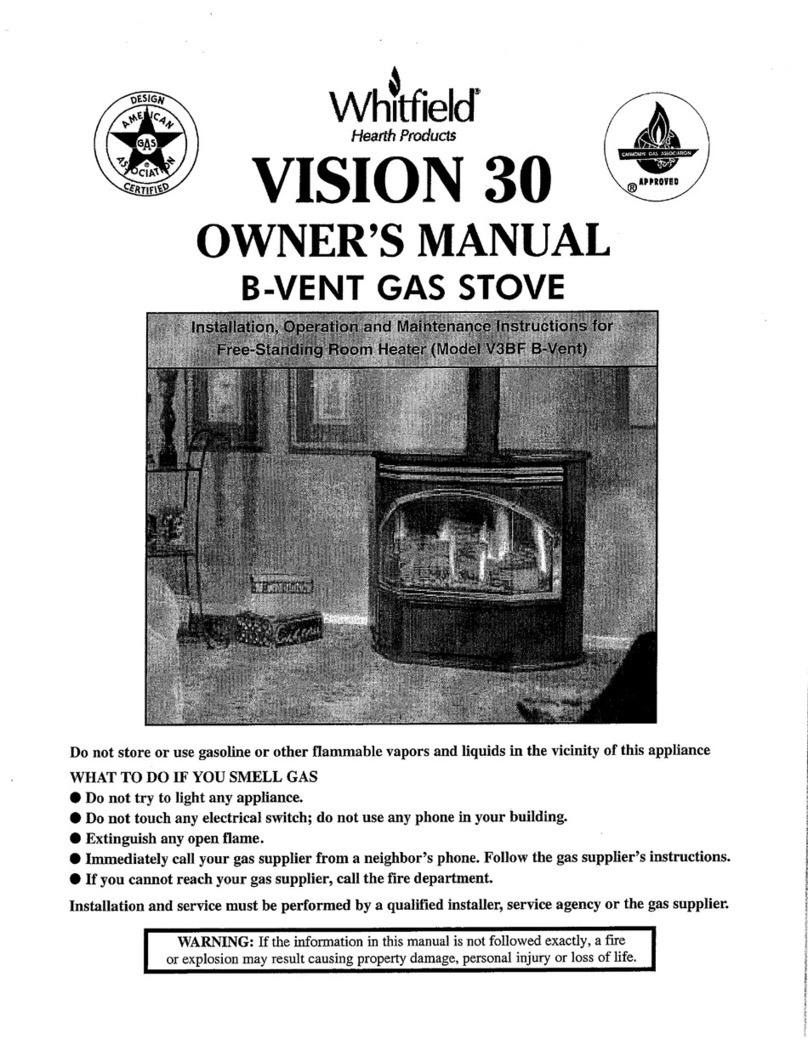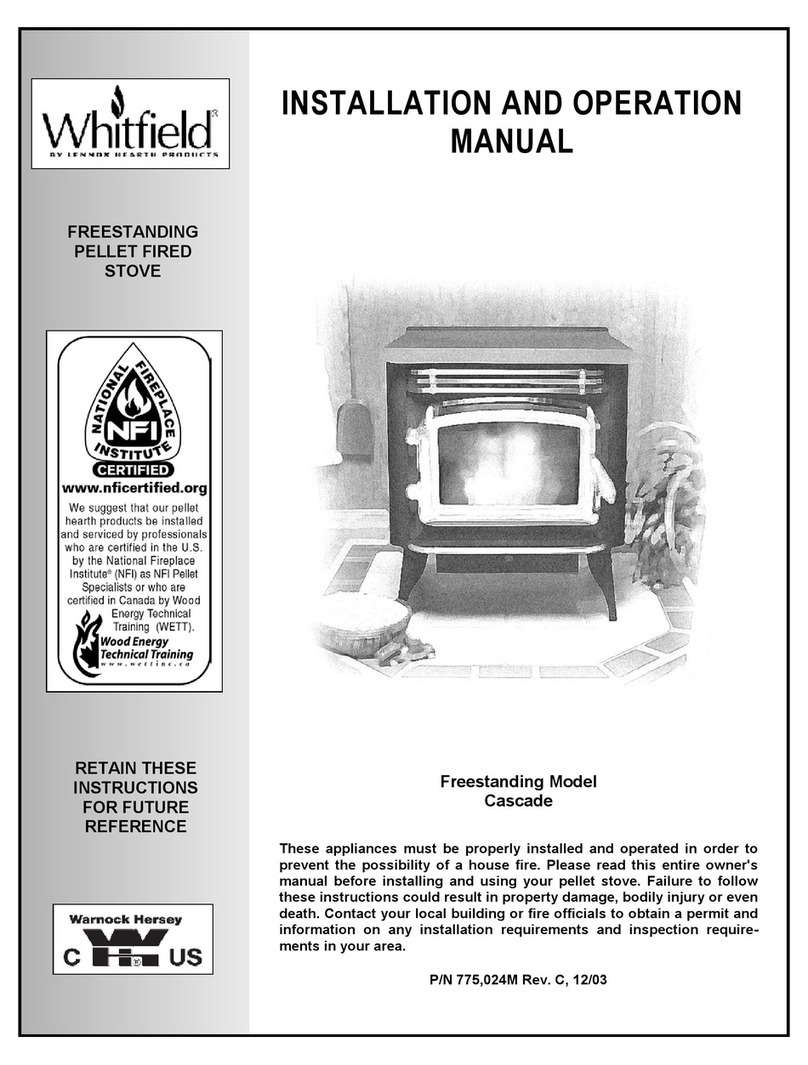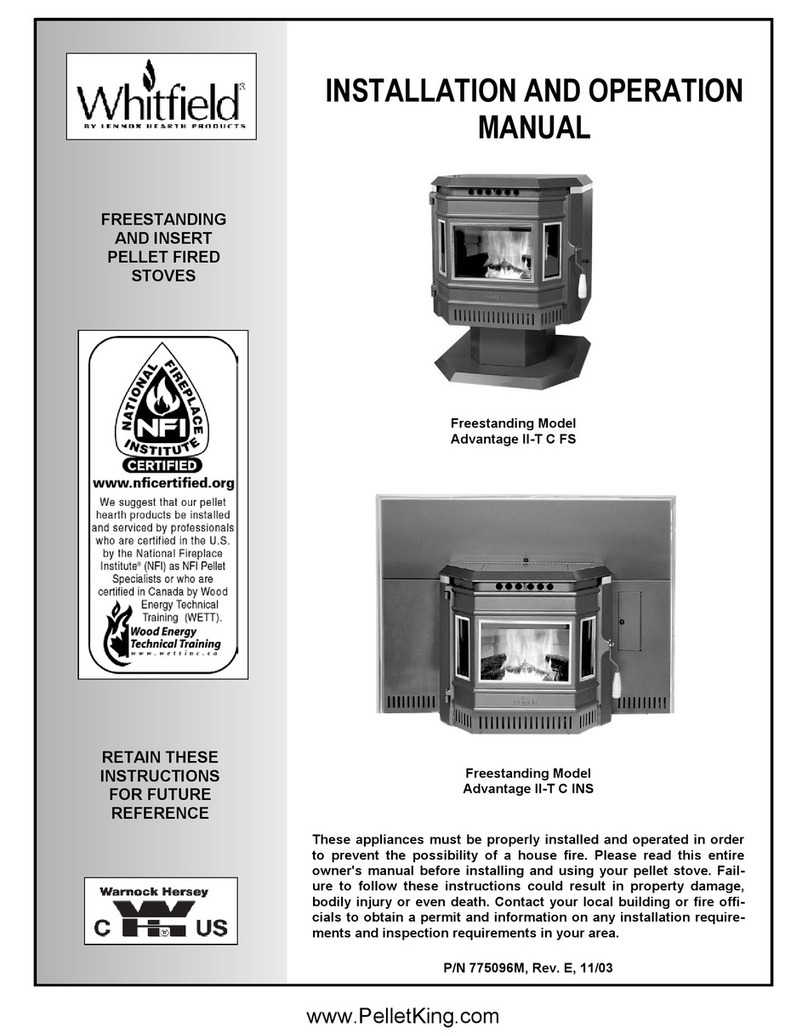
2
HEADER
Sub Header
text
Oblique
Figure
HEADER
Sub Header
text
Oblique
Figure
READ THIS MANUAL IN ITS
ENTIRETY AND UNDERSTAND
THESE RULES TO FOLLOW FOR
SAFETY.
WARNING
Do not attempt to alter or modify
the construction of the appli-
ance or its components. Any
modification or alteration may
void the warranty, certification
and listings of this unit.
CAUTION
Read this manual thoroughly
before starting installation. For
your safety, follow the installa-
tion,operationandmaintenance
instructions exactly without
deviation.Failuretofollowthese
instructions may result in a pos-
sible fire hazard and will void
the warranty. If this appliance is
not properly installed, a house
fire may result. Contact local
building or fire officials about
requirements and installation
inspection in your area.
WARNING
Improper installation, adjust-
ment, alteration, service or
maintenance can cause injury
or property damage. Refer to
this manual. For assistance or
additional information consult
a qualified installer, service
agency or the gas supplier.
1. DO NOT CONNECT THIS UNIT TO
A CHIMNEY FLUE CONNECTED TO
ANOTHER APPLIANCE.
2. Do not connect this appliance to air
ducts or any air distribution system.
3. Do not install a flue damper in the
exhaust venting system of this appli-
ance.
4. Do not use class B venting intended for
gasappliancesasachimneyorconnec-
tor pipe on a pellet-fired appliance.
5.The minimum clearances must
be maintained for all combustible
surfaces and materials including;
furniture, carpet, drapes, clothing,
wood, papers, etc. Do not store fire-
woodwithin this clearancespace(see
Clearances on Pages 6 and 7).
6. INSTALLATION DISCLAIMER - This
stove’sexhaustsystemworkswithnega-
tive combustion chamber pressure and
a slightly positive chimney pressure.
Therefore, it is imperative that the
exhaust system be gas-tight (air-tight)
and installed correctly. Since Lennox
Hearth Products has no control over
the installation of your stove, Lennox
Hearth Products grants no warranty,
implied or stated for the installation or
maintenanceofyourstove,andassumes
no responsibility for any consequential
damage(s).
7. Burning any kind of fuel consumes
oxygen. If outside air is not ducted to
the appliance, ensure that there is an
adequate source of fresh air available
to the room where the appliance is
installed.
8. The appliance will not operate using
natural draft, nor without a power
source for the blower and fuel feeding
systems.
9. Never use gasoline, gasoline-type
lantern fuel, kerosene, charcoal lighter
fluid, or similar liquids to start or
“freshen up” a fire in this heater. Keep
allsuchliquidswellawayfromtheheater
while it is in use.
10.CONTINUOUS OPERATION: When oper-
ated correctly, this appliance cannot be
overfired. Continuous operation at a
maximum burn can, however, shorten
the life of the electrical components
(blowers, motors, and electronic con-
trols),andisnot recommended.Typical
approved operation would include run-
ning at the low to mid range setting with
occasional running on the maximum
setting during the coldest periods of the
winter.Theblowerspeedcontrolshould
be turned to high when operating the
stove on the high heat setting.
11.C AUTION: NEVER PUT FINGERS
NEAR AUGER. Pellet fuel is fed to the
UltraGrate™ by a screw auger. This
auger is driven by a high torque motor.
The auger is capable of doing serious
harm to fingers. Keep pellets in the
hopper at all times and keep fingers
away from auger. The auger can start
andstopautomaticallyatanytimewhile
the stove is running.
12. CAUTION: HOT WHILE IN OPERATION.
An appliance hot enough to warm
your home can severely burn anyone
touching it.
Keep children, clothing and furniture
away. Contact may cause skin burns.
Do not let children touch the appliance.
Train them to stay a safe distance from
the unit.
13.APPROVED FUEL: This appliance is
designedspecificallyfor use only with
pelletized wood fuels only. With its
advanced UltraGrate technology, this
appliance is designed and approved
for the burning of wood residue pel-
lets with up to 3% ash content. This
appliance is NOT approved to burn
cardboard,nuthulls,cherrypits,corn,
etc. regardless if it is in pellet form.
Failure to comply with this restric-
tion will void all warranties and the
safety listing of the stove. Consult
with your authorized Lennox Hearth
Products dealer for more information
on approved pellet fuels.
14.FLY ASH BUILD-UP: For all wood pellet
fuel-burning heaters, the combustion
gases will contain small particles of fly
ash.Thiswillvaryduetotheashcontent
of the fuel being burned. Over time,
the fly ash will collect in the exhaust
venting system and restrict the flow
of the flue gases. The exhaust venting
system should be inspected regularly
and cleaned as necessary.
15.SOOTFORMATION: Incompletecombus-
tion,suchasoccursduringstartup,shut-
down,orincorrectoperationoftheroom
heater will lead to some soot formation
whichwill collect in the exhaust venting
system.Aprecautionaryinspectionona
regular basis is advisable to determine
the necessity of cleaning. The exhaust
venting system should be inspected
regularly and cleaned as necessary.
16.DISPOSING OF ASHES: Any ashes
removed from the pellet stove must be
deposited in a metal container with a
tight-fitting lid. The closed container of
ashesshouldbeplacedonanoncombus-
tible floor or on the ground, well away
fromall combustible materials,outside
of the dwelling pending final disposal.
If the ashes are disposed of by burial
in soil or otherwise locally dispersed,
they should be retained in the closed
container until all cinders have been
thoroughly cooled.
17.These appliances are designed as
supplemental heaters. Therefore, it
is advisable to have an alternate heat
source when installed in a dwelling.
18.SAVE THESE INSTRUCTIONS.
19.See thelistinglabelontheappliance(or
see Safety / Listing Labels on Pages 42
and 43).
IMPORTANT SAFETY AND
WARNIING INFORMATION

